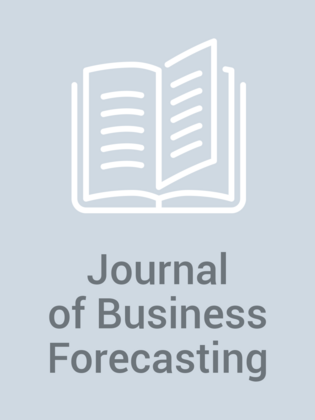Benchmarking Forecasting Error
BENCHMARKING FORECASTING ERROR By Chaman L. Jain, St. John’s University Forecasts are the basis of business planning, because every plan depends on them. The more accurate the forecasts, the better would be the business plans. Forecast errors measure the accuracy of forecasts. It is a dream of every forecaster to create forecasts which are completely free from errors. But this is not humanly possible. The best you, as a forecaster, can do is to minimize the forecast errors, which raises a question: by how much? The other way of looking at is how much error you can tolerate, or how much forecast error you should be aiming at? There are three ways of looking at it: 1. Cost Of An Error. The larger the cost of an error, the lower the error you can tolerate. So, what error you should be targeting at depends on the cost of an error. 2. Adjustment Capability Of A Company (Or Lead-time). The quicker you can adjust to an error (meaning shorter lead-time), the higher the error you can tolerate. If, for example, you underestimate demand but you can manufacture and ship the order very quickly, you can afford a larger error. Therefore, how much error you should be aiming at will vary from ...









